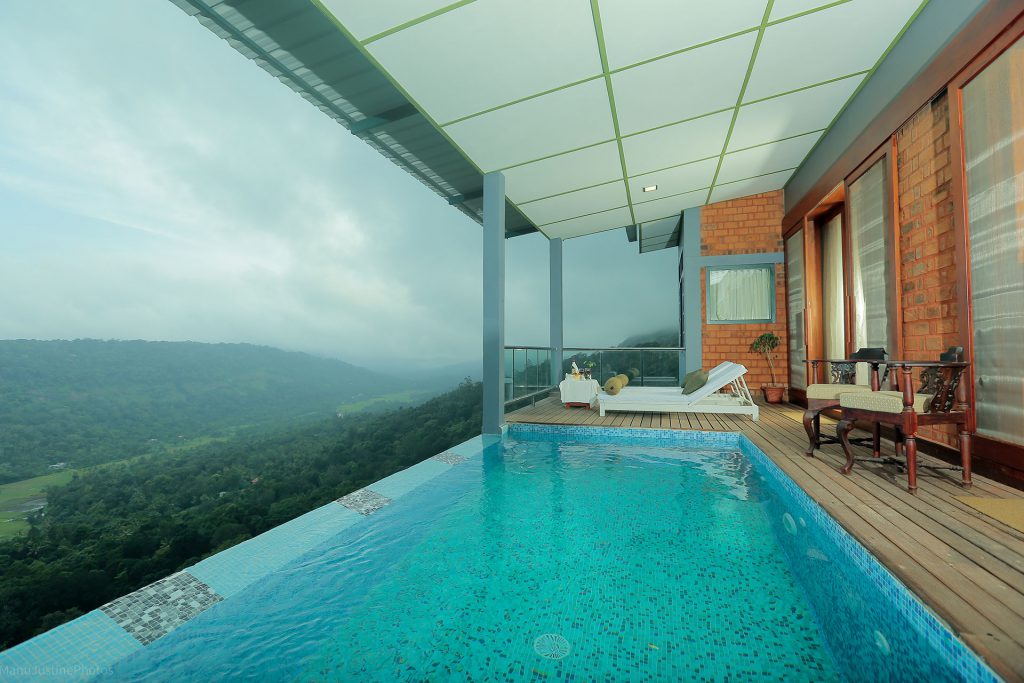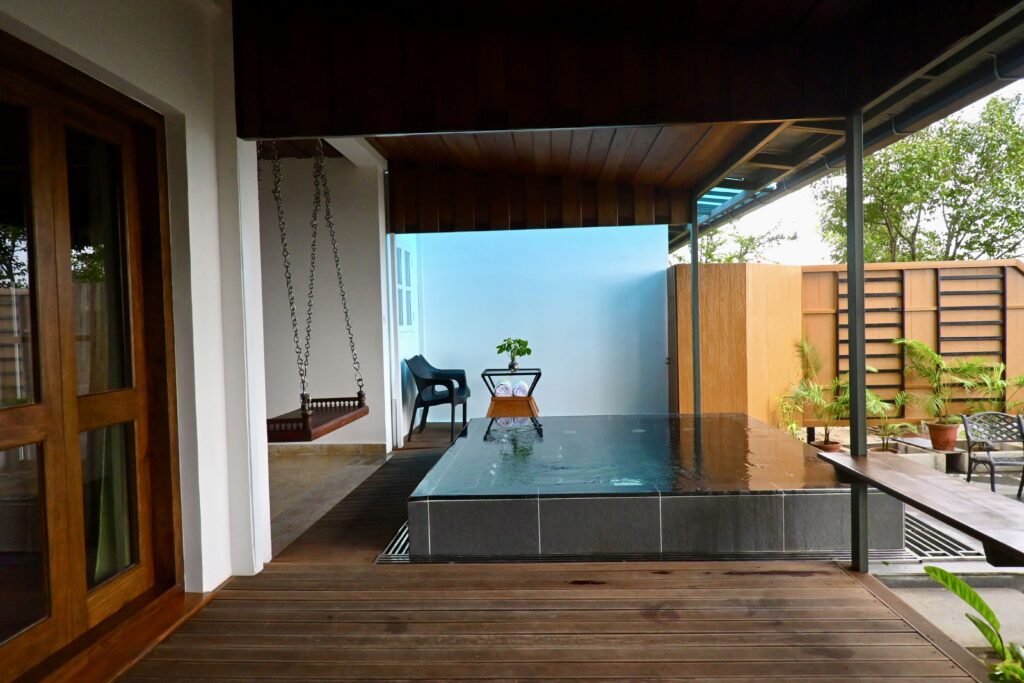
Throughout history, spas have served as sanctuaries of relaxation, healing, and social gathering. From ancient Roman baths to modern wellness retreats, the spa culture has continually evolved, reflecting changes in society and advancements in health and wellness practices. This post will take you on a fascinating journey through time, exploring the origins, transformations, and future of spas.
Ancient Origins of Spa Culture
The roots of spa culture can be traced back to ancient civilizations that recognized the therapeutic benefits of water. The Romans were perhaps the most famous for their elaborate bathhouses, which served as centers for socializing, relaxation, and even business transactions. These Roman baths were not just about cleanliness; they were integral to daily life, offering various temperatures of water, steam rooms, and massage areas.
Before the Romans, the Greeks had their own traditions of hygiene and relaxation, often involving natural hot springs. They believed in the healing properties of these springs and incorporated them into their physical training regimens, especially for athletes preparing for the Olympics. The concept of ‘balneotherapy,’ or treatment through bathing, was already taking shape, laying the groundwork for future spa practices.
In other parts of the world, similar traditions existed. In Japan, onsen (hot spring baths) have been used for centuries for their supposed medicinal properties. These ancient practices highlight the universal human need for relaxation, healing, and social connection through water.
The Renaissance and the Rebirth of Spas
The fall of the Roman Empire led to a decline in public bathing facilities, but the Renaissance period marked a revival of spa culture. This era saw a renewed interest in classical knowledge, including the medicinal uses of water. Spas became popular again, particularly in regions like Italy, France, and Germany.
During the Renaissance, people began to flock to natural springs known for their healing properties. These sites became the first modern spa towns, attracting both the sick and the wealthy. Physicians of the time often prescribed spa visits as treatments for various ailments, blending the lines between leisure and medicine. The social aspect of spas also flourished, with these locations becoming popular spots for aristocrats to mingle.
The Renaissance period laid the foundation for the modern spa industry, highlighting the importance of water-based treatments for health and well-being. It was a time of rediscovery and innovation, setting the stage for future developments in spa culture.
The Golden Age of Spas
The 18th and 19th centuries are often regarded as the golden age of spas. This period saw the rise of famous spa towns like Bath in England, Baden-Baden in Germany, and Vichy in France. These towns became synonymous with luxury and health, attracting visitors from all over Europe.
The Industrial Revolution brought about significant changes in society, including increased urbanization and the rise of the middle class. Spas offered a respite from the hustle and bustle of city life, providing a place for relaxation, socialization, and rejuvenation.
Medical advancements during this time also contributed to the popularity of spas. Physicians began to recognize the benefits of hydrotherapy, and spa treatments became more sophisticated. The introduction of various therapies, such as mud baths, steam rooms, and massage, added to the allure of these luxurious destinations.
The Evolution of Spa Treatments and Techniques
The 20th century brought significant advancements in spa treatments and techniques. Traditional practices were combined with modern technology, resulting in a diverse array of services aimed at promoting overall wellness.
One notable development was the integration of holistic approaches, such as aromatherapy, reflexology, and acupuncture. These treatments focused on the mind-body connection, emphasizing the importance of mental and emotional well-being in addition to physical health.
Technology also played a crucial role in the evolution of spa treatments. Innovations like hydrotherapy pools, advanced massage chairs, and high-tech skincare devices revolutionized the industry. Spas began to offer specialized treatments for various health concerns, catering to the growing demand for personalized wellness experiences.
The Globalization of Spa Culture
The globalization of spa culture has led to the spread of diverse practices worldwide. Today, you can find spas in almost every corner of the globe, each offering unique treatments influenced by local traditions and resources.
Asian countries, particularly Thailand and Bali, have become renowned for their traditional massage techniques and holistic wellness practices. In India, Ayurvedic treatments have gained international recognition, offering a comprehensive approach to health and well-being based on ancient Indian principles.
In Europe, traditional thermal baths and thalassotherapy (sea-based treatments) continue to attract wellness enthusiasts. Meanwhile, North America has seen a rise in wellness resorts and medical spas, blending luxury with advanced healthcare services.
The globalization of spa culture has enriched the industry, providing a wide range of options for those seeking relaxation and rejuvenation. It has also fostered cultural exchange, allowing people to experience the benefits of diverse wellness practices.
The Future of Spas
The future of spas is promising, with several trends shaping the industry. Sustainability has become a key focus, with many spas adopting eco-friendly practices and using natural, locally sourced products. This shift reflects the growing awareness of environmental issues and the desire for more sustainable lifestyles.
Technology continues to play a significant role, with innovations like virtual reality meditation, AI-driven skincare analysis, and personalized wellness plans becoming increasingly popular. These advancements enhance the spa experience, offering tailored treatments and improved outcomes.
Wellness tourism is another trend gaining momentum. More people are seeking travel experiences that promote health and well-being, leading to the rise of wellness retreats and destination spas. These venues offer immersive experiences, combining relaxation, fitness, nutrition, and mindfulness in stunning natural settings.
Conclusion
Spas have come a long way from their ancient origins, evolving into multifaceted wellness centers that cater to diverse needs and preferences. Their enduring appeal lies in their ability to adapt to societal changes and incorporate new technologies and practices.
Whether you’re a wellness enthusiast, a history buff, or a luxury traveler, the rich history and evolution of spas provide a fascinating glimpse into the timeless quest for relaxation, healing, and social connection. We encourage you to explore the world of spas and discover the benefits they offer for your well-being.
Share your own spa experiences and thoughts on the future of spas in the comments below. Don’t forget to share this post with others who may be interested in the captivating history of spa culture.



